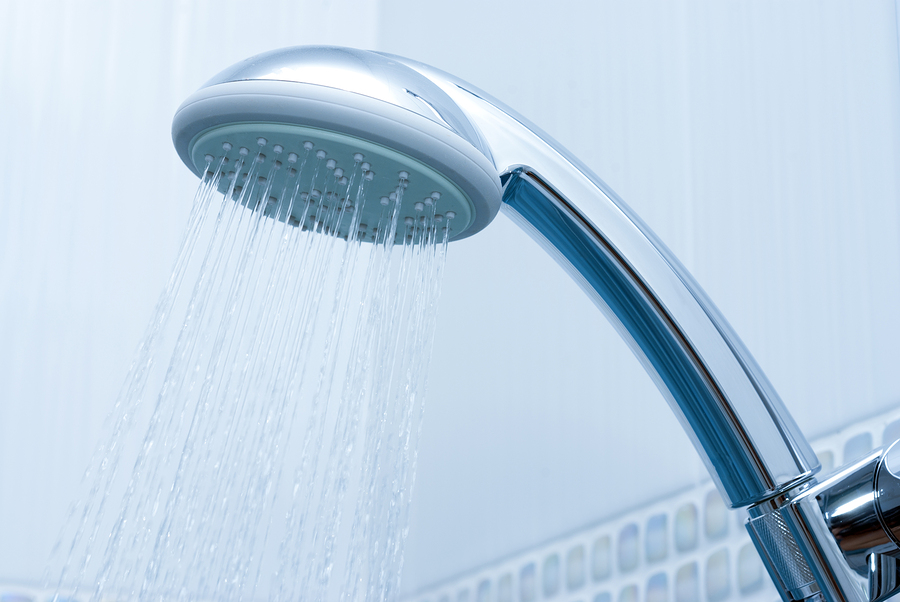Planning an accessible bathroom makeover
Adapting your home to meet your changing needs can help make growing older safer, less stressful and more enjoyable for yourself and your loved ones.
Renovating your main bathroom to be more accessible for yourself or an elderly family member can help prevent accidents and help maintain as much independence as possible later in life – the last thing you want is the stress of trying to cope with an unsafe bathroom if your mobility changes.
Assess your needs
Today there are dozens of options for your to adapt your bathroom to suit your changing needs as you age – from a full blown renovation to a few small alterations, it’s possible to create a space that works for you. Start by assessing your needs and see if there are any issues that are already bothering you – for example a high bath that’s getting harder to step in and out of. If your main bathroom is on the top floor and stairs are becoming more challenging, it might be worth expanding a downstairs bathroom to use instead.
Making the bath safe and comfortable
The bath presents one of the biggest safety challenges because it can be difficult to step in and out of and uncomfortable to lower into as we age. Bath aids are a simple way to make your bath safer without compromising the ability to bathe and enjoy a relaxing soak. Seats, rails and backrests are just a few inexpensive additions you could make to your current set up. If you have more challenging physical difficulties, it might be worthwhile replacing what you have now with a specialist bath – walk in baths for example have a panel that opens so you don’t need to step over the side.
Installing a shower
Replacing a bath with an accessible shower or wet room is another way to make bathing simpler if your movements are restricted. Adding a seat to your shower and lowering the showerhead so you can reach it are two other simple options to make showering more comfortable without completely changing the set up you have now.
Lifts and hoists
A bath lift or hoist will lift your body and pull you in and out of the bath when you can’t rely on your own strength to do so. This option is more expensive than adding a bath board or seat but can be a good alternative if you don’t have the inclination or budget to renovate your bathroom and install a new bath altogether.
Grab rails
Grab rails are fixed to the wall near the bath, shower, sink and toilet to provide some extra support for raising and lowering yourself. If you do go this route, make sure you have them installed properly so they are sturdy and won’t come away from the wall when you use your full weight against them.
Non-slip mats
Non-slip mats and specialist safety flooring will help avoid any accidents when the floor is wet or the room filled with steam. Mats are cheap and readily available from DIY and home improvement stores – it’s a good idea to place one of these in the shower and bath as well. Rubber or vinyl-based flooring that’s specifically developed to be non-slip can also ensure you’re safe and don’t have to worry about falling.
Have you considered giving your bathroom an accessibility makeover?
Rachel - Silversurfers Assistant Editor
Latest posts by Rachel - Silversurfers Assistant Editor (see all)
- Easter activities for grandchildren - March 31, 2025
- Songs about Mum for Mothering Sunday - March 26, 2025
- The best of Diana Ross - March 25, 2025
- Elton John’s Greatest Hits Playlist - March 24, 2025
- Find love with Silversurfers Dating - March 20, 2025




















